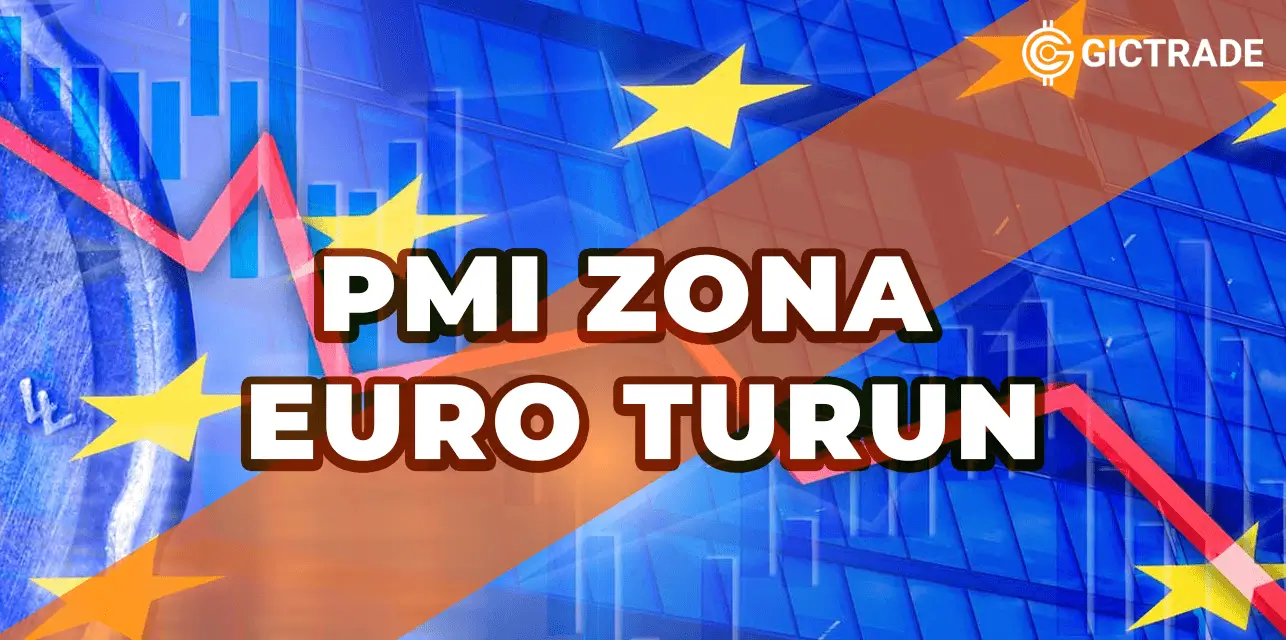Eurozone PMI - The decline in eurozone business activity deepened in September, sliding to a 20-month low, as pressure on companies from surging inflation intensified. The S&P Global flash composite purchasing managers' index for the eurozone fell to a reading of 48.2, down from 48.9 in August and in line with economists' forecasts. A reading below 50 indicates contraction. Stripping out readings recorded during COVID-19 lockdowns, September's slowdown in the PMI was the steepest for the currency area since 2013, highlighting the severe headwinds facing the eurozone economy. Activity in the manufacturing and services sectors fell, hitting 19- and 28-month lows, respectively, as soaring prices - particularly from surging energy costs related to recent Russian gas supply cuts - caused consumers to rein in spending and added to the burden on companies. "A eurozone recession is on the horizon as companies report worsening business conditions and rising price pressures related to soaring energy costs," said Chris Williamson, chief business economist at S&P Global Market Intelligence. "The preliminary PMI reading pointed to an economic contraction of 0.1% in the third quarter." Chris added. New orders for goods and services fell for a third straight month, S&P Global said, as “manufacturing orders fell sharply, but new service sector business inflows also fell at an accelerating rate, in both cases falling faster than output indicated, in a further acceleration of the output decline in October.” Job growth was flat after hitting a 17-month low in August, which S&P Global said reflected employers’ growing reluctance to hire new workers. On a country-by-country basis, Germany — Europe’s largest economy — posted its weakest PMI since May 2020 at 45.9, with its services industry suffering its biggest decline in activity in more than 13 years. Manufacturing business activity, a central part of the German economy, also slipped, but easing supply chain constraints helped moderate the rate of decline.

Analysts at ING warned that, with the summer tourism season in Europe over, there was little chance left for “catch-up events” for companies on the continent. They said further pessimism was reflected in a drop in eurozone consumer confidence to a record low in September. They added that they believed the latest PMI data confirmed their view that the eurozone is facing so-called “stagflation” – a period marked by high inflation, rising unemployment and low growth. S&P Global’s Williamson said the figures also underscored the difficulty European Central Bank policymakers face in their efforts to tame price growth while simultaneously avoiding a prolonged recession in the eurozone economy. EUR/USD traded in the red against the dollar after the PMI readings after falling to a 20-year low earlier on Friday, while German 10-year yields hit 2% for the first time since 2013. You can regularly update the Eurozone PMI through official websites such as forex factory, investing, and other websites. You can also get news about this PMI through the
GIC Journal. You can also get other news such as price analysis, news about oil, stocks, and others.
Register yourself if you want to trade with a small capital starting from 150,000 at GIC!



 Last:
Last: 







